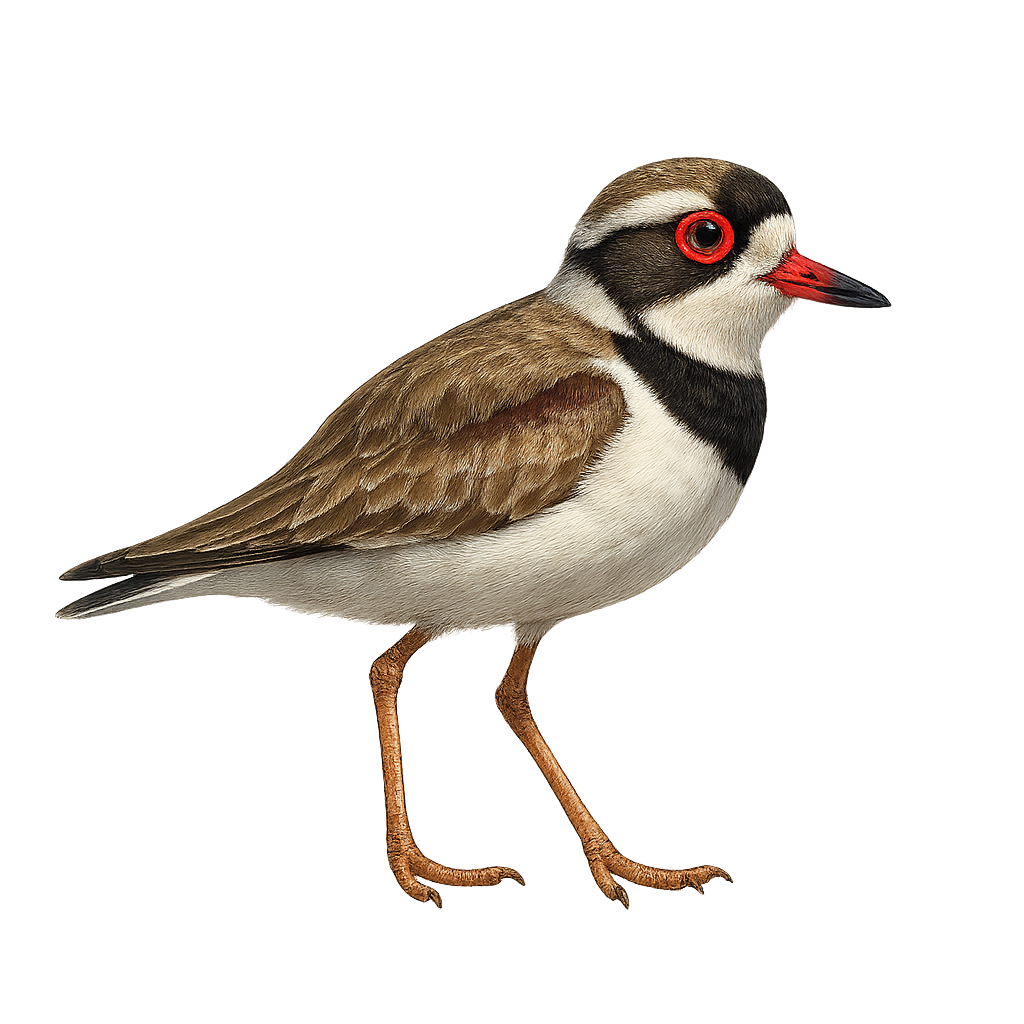Your wildlife photography guide.
Explore the hooded plover in detail, study its behavior, prepare your shots.
Where to observe and photograph the hooded plover in the wild
Learn where and when to spot the hooded plover in the wild, how to identify the species based on distinctive features, and what natural environments it inhabits. The WildlifePhotographer app offers tailored photography tips that reflect the hooded plover’s behavior, helping you capture better wildlife images. Explore the full species profile for key information including description, habitat, active periods, and approach techniques.
Hooded Plover
Scientific name: Thinornis melanops

IUCN Status: Near Threatened
Family: CHARADRIIDAE
Group: Birds
Sensitivity to human approach: Suspicious
Minimum approach distance: 10 m
Courtship display: August to October
Incubation: 27-28 jours
Hatchings: August to November
Habitat:
Sandy beaches, coastal dunes
Activity period :
Primarily active during the day, with peak activity in the morning and late afternoon.
Identification and description:
The Hooded Plover, or Thinornis melanops, is a coastal bird endemic to Australia, easily recognizable by its distinctive plumage. It features a black hood contrasting with its white belly and grey back. This bird prefers sandy beaches and dunes for nesting, making it vulnerable to human disturbances and introduced predators. Its modest size, about 20 cm long, and discreet behavior make it difficult to spot. The Hooded Plover is a threatened species, mainly due to habitat loss and human activities. Conservation efforts focus on protecting its nesting sites and raising public awareness of its precarious status.
Recommended lens:
400mm – adjust based on distance, desired framing (portrait or habitat), and approach conditions.
Photography tips:
To photograph the Hooded Plover, it is advisable to use a telephoto lens of at least 400mm to capture detailed images without disturbing the bird. Approach slowly and stay low to avoid startling it. The best times for photography are early morning or late afternoon when the light is soft and human activity is reduced. Be attentive to signs of stress in the bird and always respect the recommended safety distance to minimize impact on its natural behavior.
The WildlifePhotographer App is coming soon!
Be the first to explore the best nature spots, track rutting seasons, log your observations, and observe more wildlife.
Already 1 439 wildlife lovers subscribed worldwide

